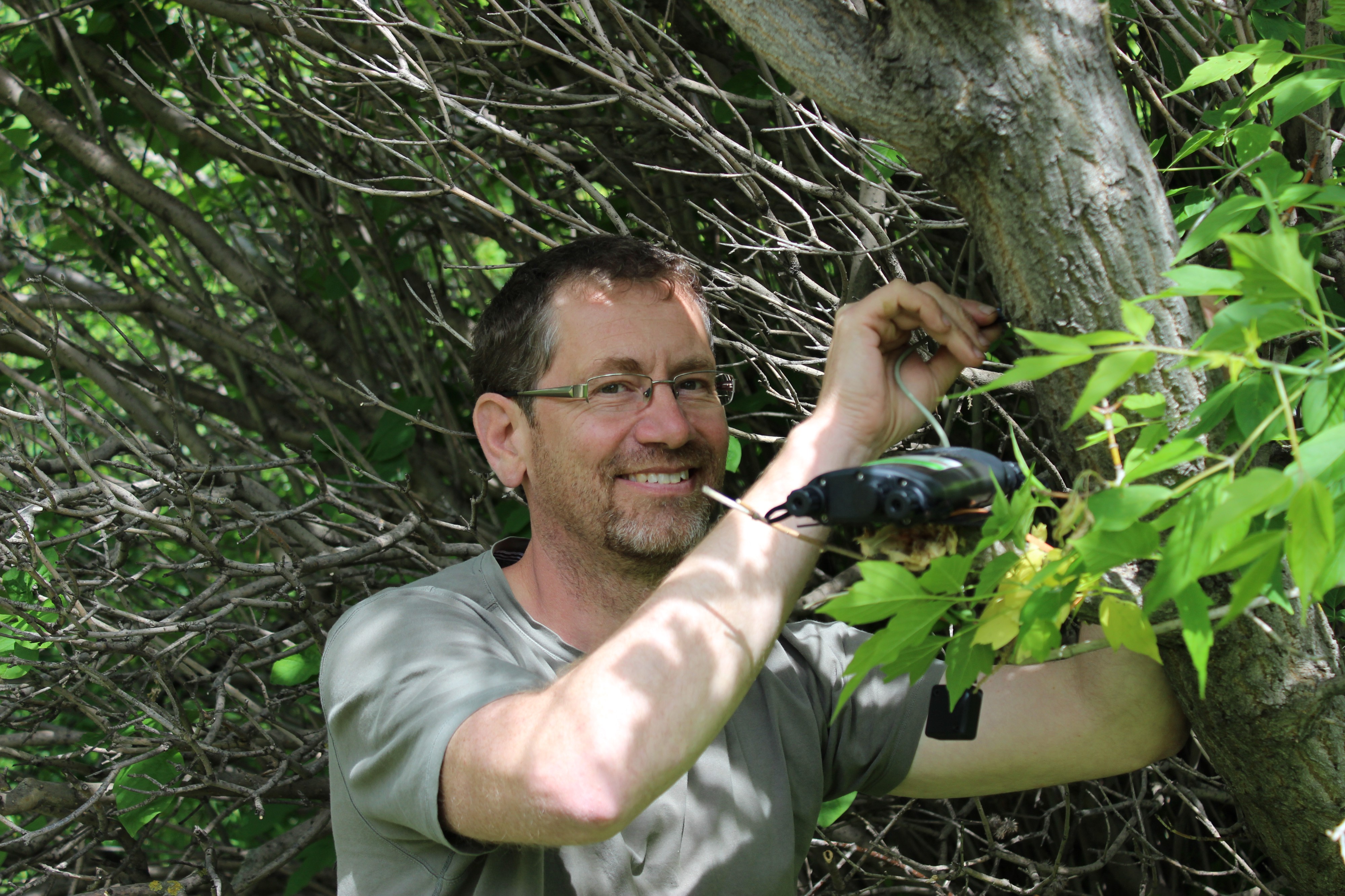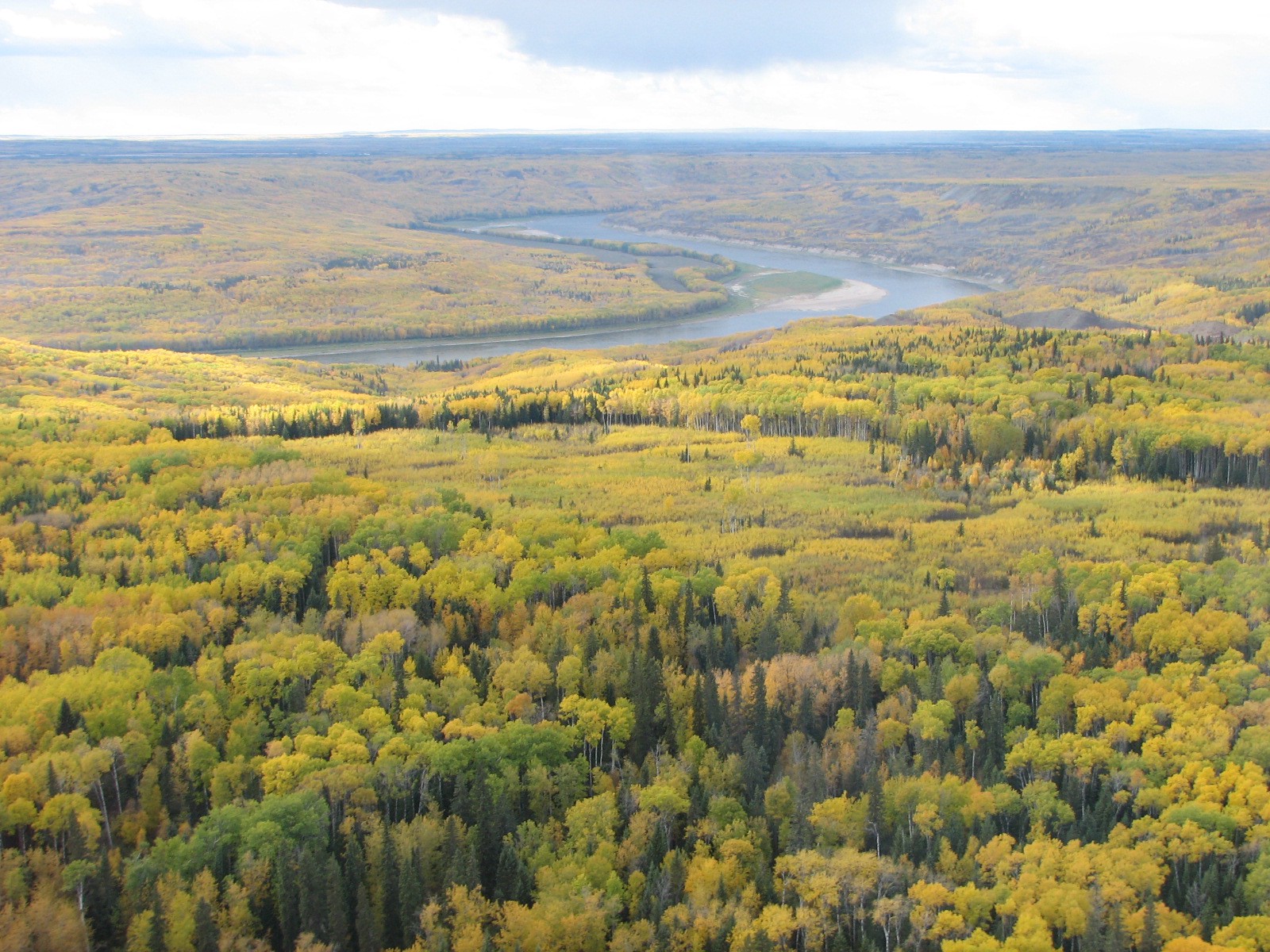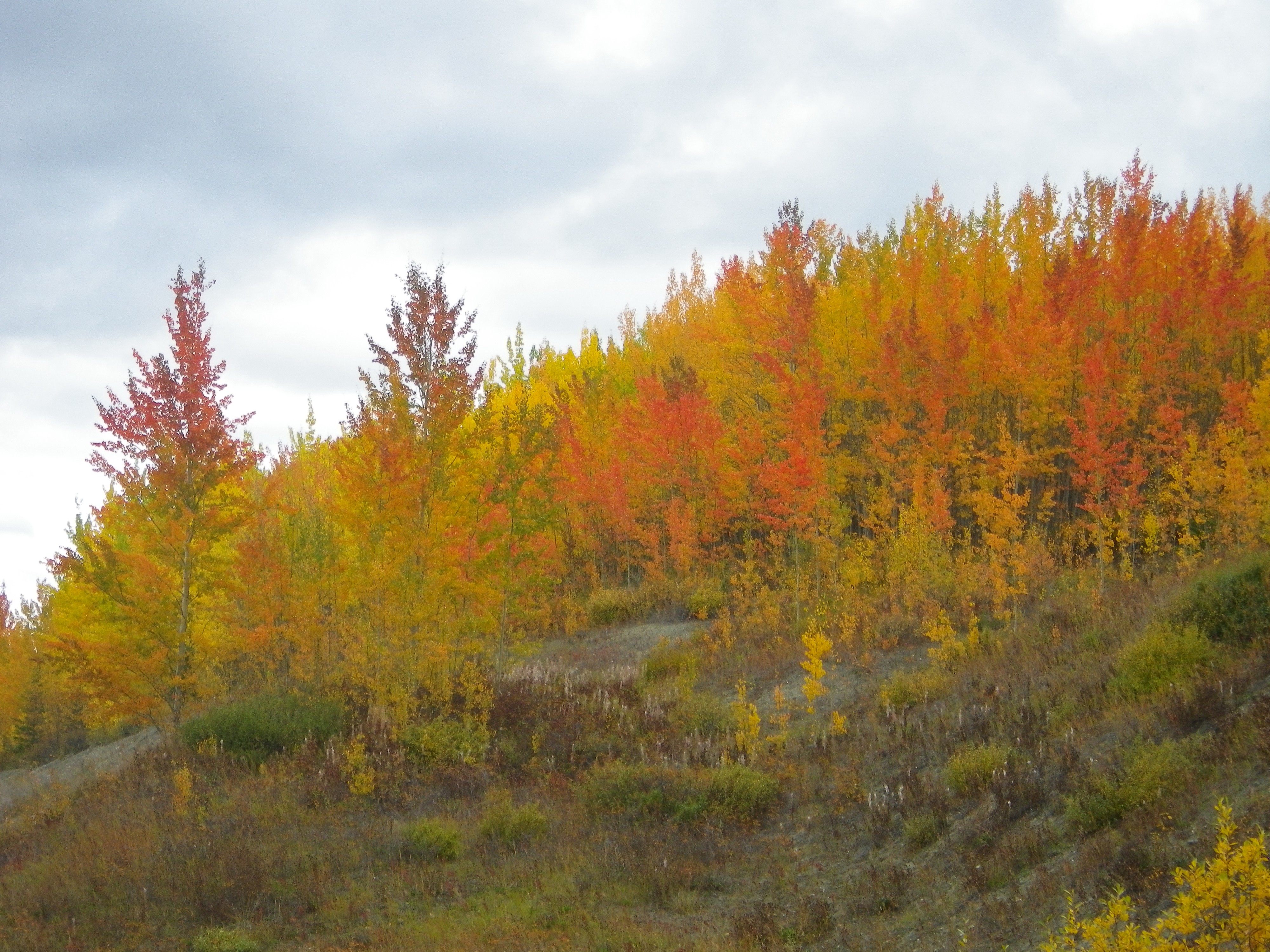
After nearly 30 years, Simon Landhäusser still talks about the aspen tree with a devotion that would make the most strident lawn-care fanatic think twice before mowing down one of the tree’s fledgling sprouts.
“You just have to look at the river valley in the fall, they’re gorgeous,” said the newly sprouted Killam Professor and tenured University of Alberta forest restoration researcher of the green-to-bright-yellow vistas that aspens in autumn bring. “If you look at art of the boreal forest, most artists draw aspens. Because of its smooth bark, crown shape and colours in the fall, it’s stunning on big landscapes.”

But like any relationship that survives the test of time, Landhäusser said, a tree’s beauty is only bark deep — and its what’s underground that counts.
“It is such an interesting species — it does things very differently than many other trees, which makes it an intriguing species to work with.”
Besides growing relatively quickly, an aspen can spread over 40 or more hectares on a single root system through clonal sprouting from its root system after a disturbance such as fire. That recovery potential makes it a must-have on most reclamation sites and a favourite among boreal forest restoration ecologists.
“In the restoration of the boreal forest, aspen is considered a crucial (foundational) species, not just because of how it grows and reproduces, but also what it does to soil development: the leaves fall off and get incorporated in the soil, and help build soils,” said Landhäusser. “It is an integral part of the boreal ecosystem, especially when you start from scratch like you do in the mining and reclamation areas.”
Shortly after coming to Canada from Germany in 1990 as a PhD student exploring disturbance ecology and how trees establish after fire, Landhäusser started working with aspen seedlings.
“It turns out the seedlings I got from the nursery to study aspen were not that great then, so I developed a research program which looked at seedling quality. Not a lot of people have ever worked on it because aspen typically sprouts from the root system, so nobody wanted to spend any money and effort on it.
“But when companies are having to plant up to 300,000 seedlings a year on reclamation sites and many don’t make it, it becomes an issue.”
With a new vested interest in the survival of aspens, resource companies and government teamed up to create Landhäusser’s industrial research chair position to look at seedling quality as well as the importance of reclamation site characteristics.
“The way they grow aspen has significantly changed from when I started. The understanding of what an aspen seedling needs to be a good seedling has very much changed for the better.”
Landhäusser said this research, although two decades in, is still in its infancy, as his optimum aspen seedling research is still being scaled up.
“I’ve grown 10,000 seedlings for studies, but companies have to grow upwards of two million seedlings. It needs to be scaled up. We know what it takes to grow a good conifer seedling, but that took 40 years and they went through the same growing pains.”
With the optimal aspen seedling perfected, Landhäusser has moved on to looking at how maturing aspen trees affect the site and the future forest trajectory.

“Without trees we don’t have a forest, but trees are not the only thing in the forest,” he said.
“Some of the understory species are having a tough time establishing on their own, and we need to find out why.”
He added that the oldest forest reclamation sites are only about 25–30 years old and are still sorting themselves out.
“Trees take 20, 30, 40 years before you really know what they’re doing. It is a bit frustrating; in all these field experiments I’m doing, I only see the first five, 10, maybe 20 years of development if I’m lucky,” said Landhäusser, who sends scores of grad students into the forestry and reclamation industry to pick up his torch.
“I will never grow old enough to see these things become mature forests.”
Simon Landhäusser’s research and teaching have earned him one of the 2017 Killam Professorships. The Killam Annual Professorships were established in July 1991 to suitably acknowledge the generous Izaak Walton and Dorothy Killam bequest. The award is granted to faculty members based on the quality of their scholarly activities such as teaching, research, publications, creative activities, presented papers, and supervision of graduate students.